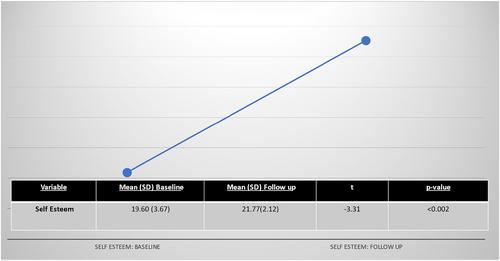Feasibility testing of a peer support programme for prisoners with common mental disorders and substance use
Abstract
Background
The prevalence of mental disorders and substance use among prisoners is high. Convicted prisoners of ‘good behaviour’ can be part of a peer support system in prisons.
Aim
To evaluate the feasibility of a peer support programme for prisoners with common mental disorders and substance use in prison.
Method
The study used a mixed method research design, with a quasi-experimental approach (single group pre-post without control). It was conducted in two phases: Phase I. Thirty-five peers/convicted prisoners were recruited through advertisements on the prisoners' community radio station. Volunteers with good behaviour reports were given training over 5 days to recognise mental and substance use disorders and provide basic peer support in prison; their attitudes and knowledge were tested before and after the training. Phase II. Feasibility of the peer support programme was tested by (i) recording the number of cases identified and referred, (ii) pre- and post-evaluation of well-being, coping, and symptom severity of those supported and (iii) evaluating qualitatively the experience of the peer supporters and service users.
Results
Thirty-five peer supporters identified 49 cases over 3 months. These cases showed significant improvement in well-being (Z −1.962; p < 0.050) and reduction in symptom severity (Z −1.913; 0.056). There was a significant improvement in the peers supporters' self-esteem from pre- to post-training (t −3.31; p < 0.002), improvement in their benevolence (t −4.37; p < 0.001) and a significant reduction in their negative attitudes to mental illness (Z −3.518; p < 0.001). A thematic model of peer support encompassed self-experienced benefits for the peer supporter, wider recognition of peer supporters in the prison, challenges to this kind of support, experience of training and visions for future work.
Conclusion
The peer support programme was experienced positively by the peer-supporters and supported. Common mental disorders, substance use and suicidality were recognised and appropriately referred. A full-scale evaluation of this promising programme is warranted.


 求助内容:
求助内容: 应助结果提醒方式:
应助结果提醒方式:


